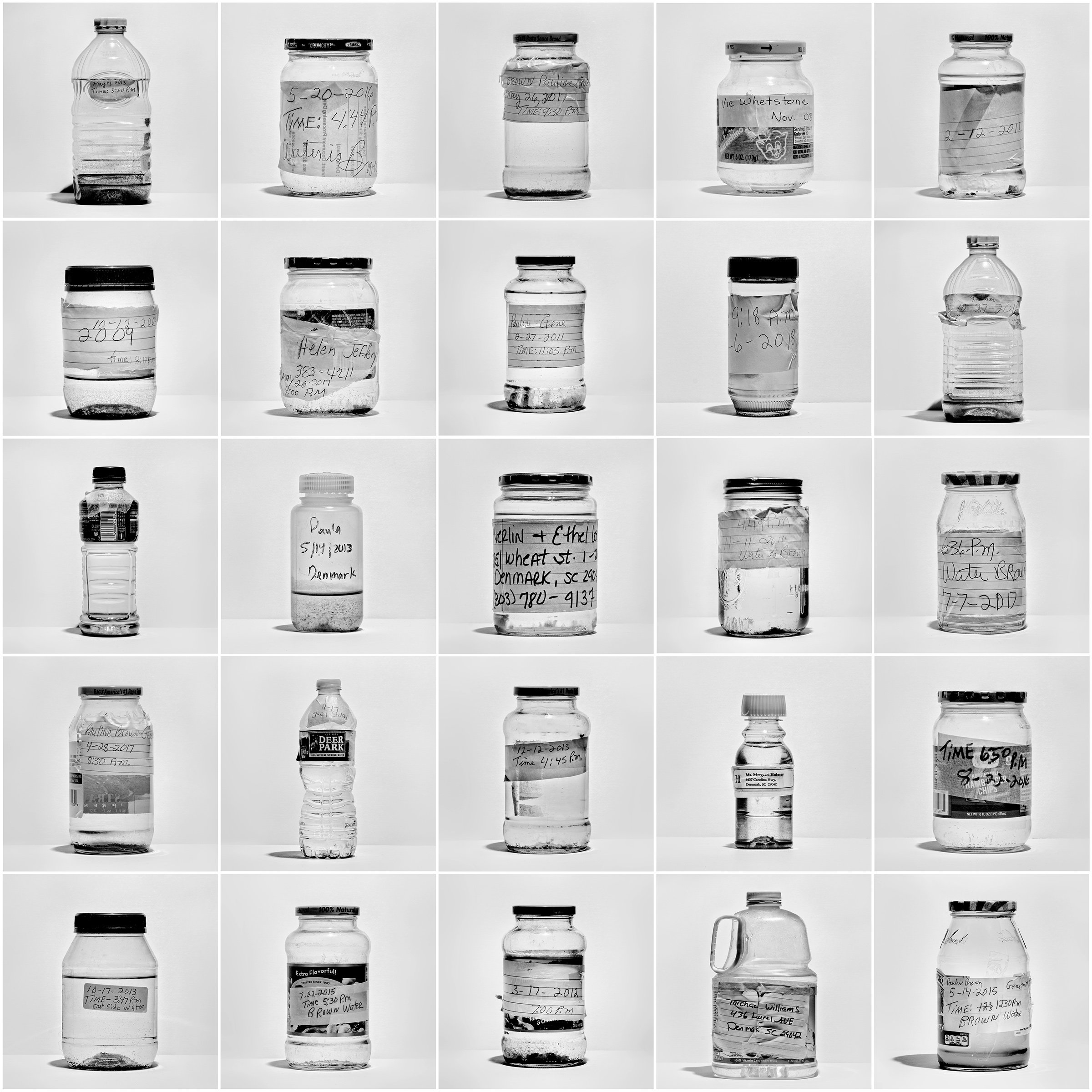Clean tap water is no longer a given in the United States. Across the country, in major cities and small towns, drinking water is contaminated by industry, aging infrastructure, and weakening government oversight. Far from being an anomaly, Flint, Michigan, is only one of many American cities that have suffered from the lack of safe water: the National Academy of Sciences reports that in 2015, the same year the Flint crisis began, health standards were violated by US water systems serving over 21 million people.
Photographer Matt Black is currently documenting communities with contaminated water across the country. He has photographed on the Navajo reservation in Arizona and New Mexico, where uranium mines leached radioactive waste into water sources; Lowndes County, Alabama, where leaking sewage pipes are fueling an outbreak of hookworm disease; Martin County, Kentucky, where the lingering effects of a mining spill still haunt an aging water system; Denmark, South Carolina, where the decade-long use of an unauthorized treatment chemical has left residents fearing for their health; and Newark, New Jersey, where lead more than five times the EPA action level has leached from aging pipes. Newark resident Anthony Diaz said, "How do you claim this to be an equitable or just society when you cannot do the basic thing, to provide water? You always hear this phrase, 'Water is life.' And you start thinking about it: plastic water bottles is not life, highly-filtered water is not life. What's the catalyst that's going to change all this?"







